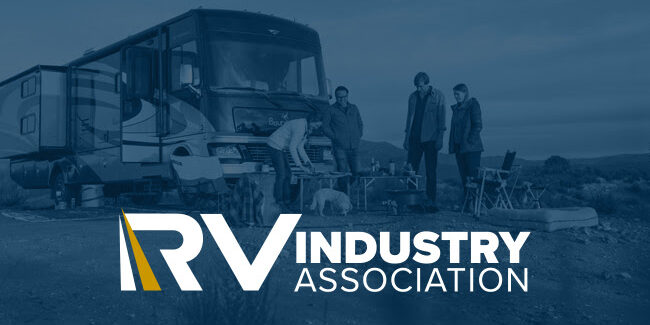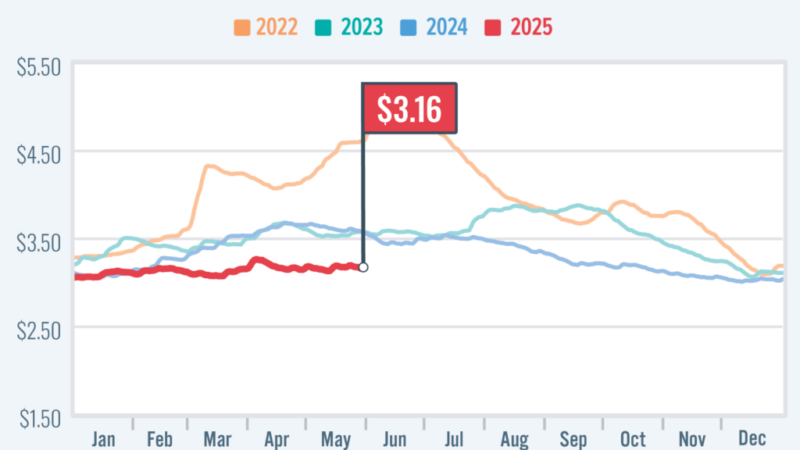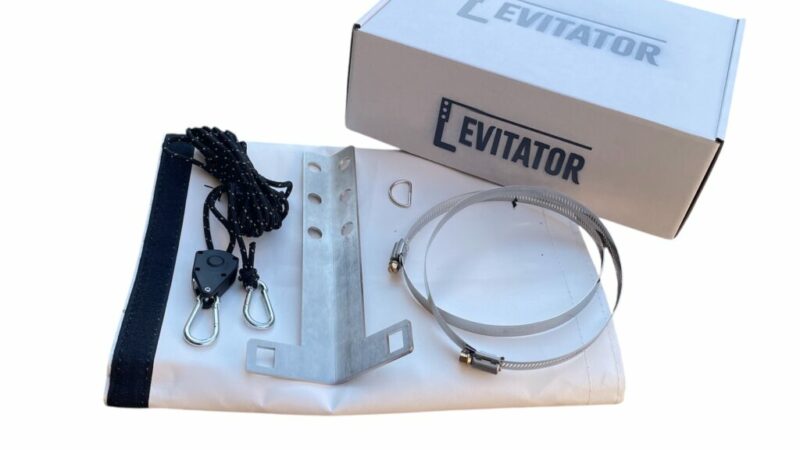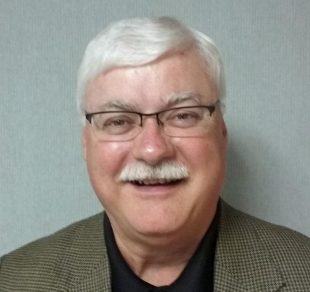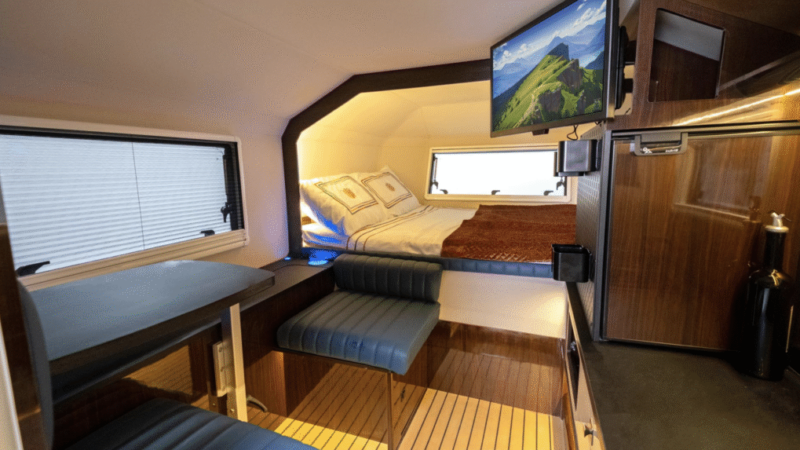Australian RV Industry Executive Compares Markets

Stuart Lamont
There was a special guest in attendance during the recent RVs Move America Week, the annual event that featured committee meetings, industry awards and Advocacy Day, in which participants lobbied Congress on matters of importance to the RV industry. Hosted by the RV Industry Association (RVIA), RVs Move America week ran from June 4-8 at the Mayflower Hotel in Washington DC.
Among the 215 attendees was Stuart Lamont, the CEO of the Caravan Industry Association of Australia (CIAA), whose membership base comprises the individual state caravanning and camping associations.
“(RVIA President & CEO) Craig Kirby was kind enough to come down to our national convention a couple of weeks ago, and so it’s a bit of returning the favor,” Lamont told RVBusiness.
“These are great opportunities to share information,” he continued. “What is being experienced in America is not immune to the rest of the world. How we handle it, and what’s happening like this around the world, it’s manifesting slightly differently.
“There’s some great things that are happening over here that I think we can take learnings from, and look to implement over in Australia,” he added. “Especially in relation to the use of committees, how you do your Advocacy Day, and some of the issues. And it’s a timely reminder to just analyze in terms of what we’re doing, and whether there’s best practice, and whether there’s some things we could be doing differently.”
As far as the scope of Australia’s RV industry, the CIAA reports that the country “caravanning and camping” provides an annual contribution of $23.8 billion (about $16 billion US). Also, there are 50,000-plus direct employees in Australia working for over 6,000 companies within the caravanning and camping industry. In addition, a typical year sees a total of 25,000 to 30,000 shipments, but in 2022 that number topped 50,000, which smashed the previous record of 36,000 units. That figure should reach about 45,000 this year.
Still reeling from a bit of jet lag, Lamont nonetheless took time to speak about his trip and offered a report on the RV market in Australia.
RVB: Give us a rundown, if you would, on the state of the market in your country.
Stuart Lamont: Slightly different than America. We have the same economic headwinds, and we have rising inflation, rising interest rates. But we didn’t have the same thirst for investment that manufacturers had over here.
And, so, we had lockdowns through COVID, we had supply chain challenges, which meant that we were a little bit softer on the rebound – more controlled, I guess. We were unable to supply product, and we had this thirst for consumer demand. We had some substitution of product coming from imports, particularly out of China.
If I look at even our April shipment figures, they’re 40% above what they were last year. Our market last year had the highest level of registered product at the market – that’s actual sales – which were substantially up some 30% above previous records.
That was catch up, I guess, as our production capacity came back online. But we are still seeing inventory refill that needs to occur. We’re still seeing some long lead times in some products. There’s still a tightening in the market, and so we’re nervous – make that cautiously optimistic – but we’re not going to see the hard fall that we’re seeing in the U.S. and Europe. More of a soft landing.
RVB: You mentioned that while you’re here you’re seeing some things we do in North America that you might try to implement back home.
Lamont: I love what you’re doing through your Emerging Leaders Coalition, and what you’re doing in terms of your RV Women’s Alliance. We’ve got a similar program over in Australia, so we are looking to learn and develop those even further. And, as far as that’s concerned, we’re very interested in what’s happening with the tiny home debate and park homes. Yeah, we have similar scenarios, as tiny homes have become, I guess, a consumer trend.
But they don’t sit anywhere, and they’re looking for a place to exist, and we’re having the debate at the moment as to whether they belong in our space or otherwise.
We’ve previously picked up a similar scenario around your Go RVing coalition. We’ve had a similar program run for 20 years. I love what you’re doing there, in terms of what does that look like?
Sustainability; it’s in our vision. So, I know you’ve got a new committee that’s recently been established, and we’re interested in terms of some of the themes that are coming through that.
And we’re seeing more and more Australian suppliers and manufacturers are looking to get into the American market.
So, it’s really just a fact-finding mission more than anything.
RVB: Are you seeing some common themes between the North American and the Australian markets?
Lamont: The reality is, as I talk to people here and as I dialogue on a monthly basis with Craig, again, the economic conditions that we face, and the customers that we’re selling to, and why they love caravan camping, is common across the world.
Now, we’ve got individual nuances as to what’s happening in market, and we’re all trying to protect, develop, sustain, in terms of what the market is. So, the more dialogue we have and the more we can share information on what’s working, what’s not working, is always a good thing.
RVB: Just to make sure we’re clear, our situation in North America right now is a glut of aged inventory with a soft retail market. But you’re saying it’s a different situation in Australia?
Lamont: Correct. We’re still, in many cases, building to order. We still don’t have that retail inventory overflow that appears to occurred over here. We’ve still got a lot of very bespoke product, which has still got quite a long lead time.
So, we don’t have this inventory buildup that’s occurred at the moment. We do have different conditions which are impacting us. 40% of all of our product is now imported out of China at the low end. So, that that’s created a concern for local manufacturers. While they themselves have grown out of COVID, there’s huge competitive pressures out of that. So, what does that look like?
We’ve got a lot of regulatory and legislative changes that are coming on board to try and clean the industry up, get a better consumer result, and make the industry more robust for those genuine people in it. So, we’ve welcomed those changes.
And, look, I just think worldwide we have a great opportunity. Consumers love our product. It’s in the psyche, it gets them outdoors, it ticks all the boxes in relation to fears that consumers had through COVID. And, so, we should all be relatively buoyant about where things are, we just need to be cautious in relation to the drug that we have been living on. And that’s probably the lesson that we’ve learned out of America, that it needs to be controlled growth.
RVB: Australia has also seen tremendous growth of the industry due to a pandemic-fueled surge in buyers?
Lamont: Absolutely – and for the same reasons. This reconnection with family, this ability to connect to the outdoors, the ability to control your own environment, having an asset that at the end of the day retains its value, as opposed to a credit card debt and a few photographs that go with other forms of travel.
And we’ve been lucky that there’s still a bit of nervousness in relation to long-haul travel. So, we are in a bit of a sweet spot. We were in a sweet spot coming into the pandemic, we’re in a sweet spot through the pandemic, and we’re going to be in a sweet spot coming out of it. So, I think generally, yeah, we’re in a good space.
Source: https://rvbusiness.com/australian-rv-industry-executive-compares-markets/

